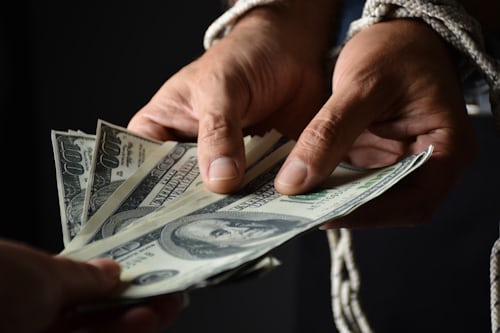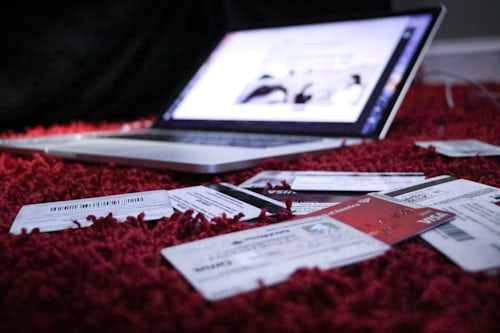Gold is usually stored in vaults and other secure facilities, which includes rent, insurance and transportation.
Even if one chooses to hold precious metals in the form of a futures contract or ETF, these costs are still priced in.
Gold and silver are structurally contango markets, meaning that the futures price curve is tilted upwards to reflect these costs over time.
If you take a given investment, say $1 million each, silver will take more volume in a safe depository than gold. A million dollars will buy you about 35,700 troy ounces of silver at a price of about $28, while a million dollars will buy you 500 ounces of gold at about $2,000 an ounce. That's about 2,500 pounds or 1,100 kilograms of silver (versus 35 pounds or about 16 kilograms for gold).
In other words, silver will take up about 70 times more space and weight for the same value. This increases the associated storage costs and also makes it more expensive to transport. It will also be reflected in the relative steepness of the silver futures curve or in the price of an ETF backed by these contracts, all else being equal.
Diversification
As mentioned earlier in the article, given the industrial use of silver, gold offers a diversification advantage over silver and thus a link to the business cycle. The industrial use of gold is low, while the industrial demand for silver can influence prices in conjunction with positive developments for the business cycle.
This gives gold a lower correlation to all other asset classes.
Central banks buy gold to diversify their currency exposure to USD, EUR, JPY and other schemes. However, they are not buyers in the silver market. There are a lot of traders in https://exness-ar.com/tatbiq-exness-trader/ who influence the market as well.
Conclusion on silver trading:
Silver is part of a monetary history that goes back thousands of years. People have placed a value on silver and other precious metals, and it has been woven into culture and society around the world.
Although economic rates have not treated gold and silver to any great extent since the US went off the gold standard in 1971, it remains an important reserve asset.
It is still under-owned by many investors. As equities have performed relatively well since the financial crisis, people stick with what has performed well and tend to undervalue other asset classes.
With developed economies in difficult situations financially and monetarily, gold and silver are likely to play a bigger role in the future.
Nominal interest rates are zero or negative across the developed world. Real interest rates are negative. Investors are using precious metals as a means of hedging.
With cash and bonds yielding nothing and equities not yielding much more, this means more room for alternative asset reserves as we look to the future.
Gold is the main asset that economies turn to as a support for the currency when fiat currencies lose their value. Silver has also historically had some value in this regard.
It acts as a form of diversification into different currency systems that we go through throughout history.
In one's portfolio, a silver allocation of about 1-2 per cent of the total allocation (and about ~10 per cent for gold) might be a reasonable target.




